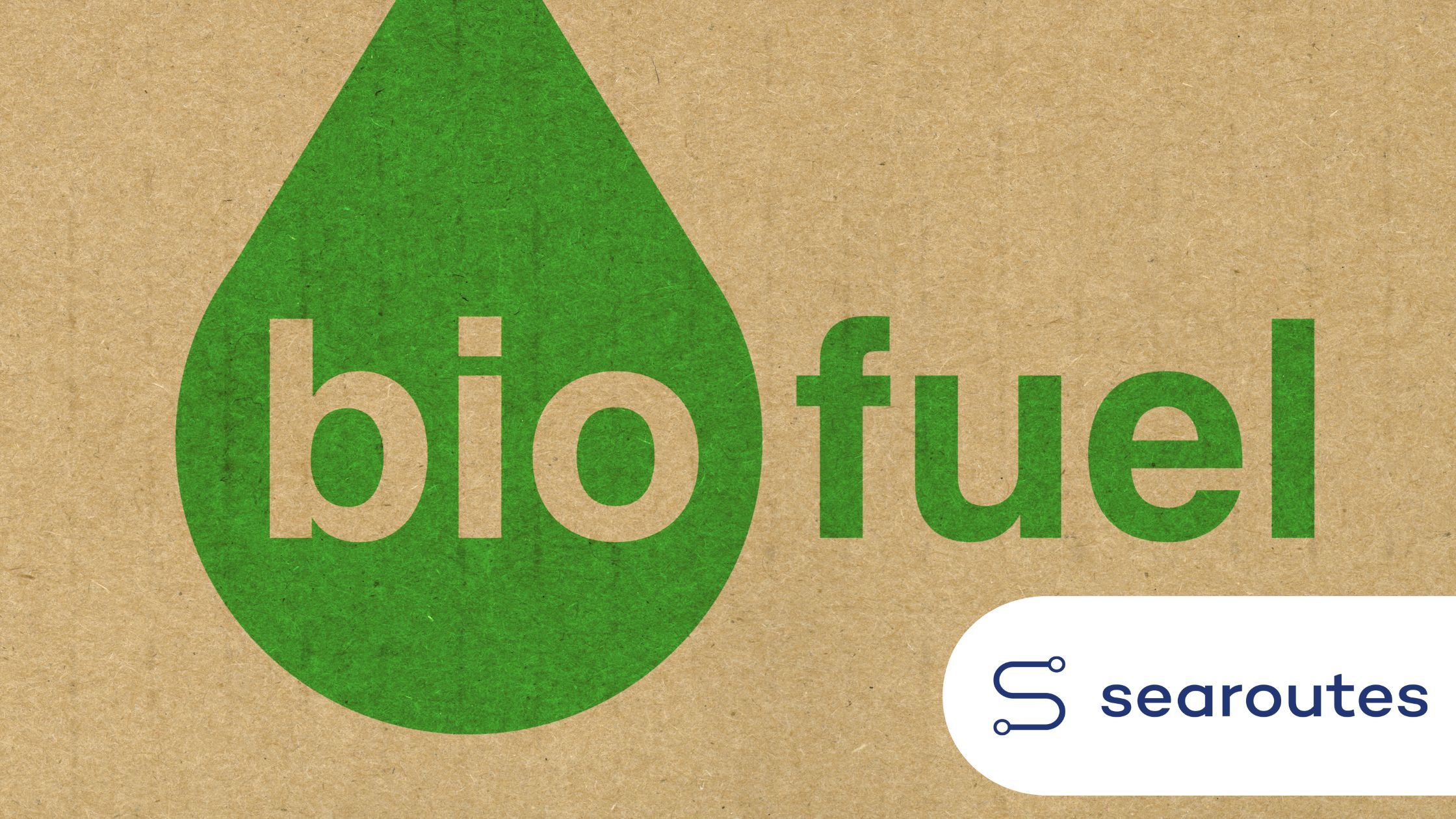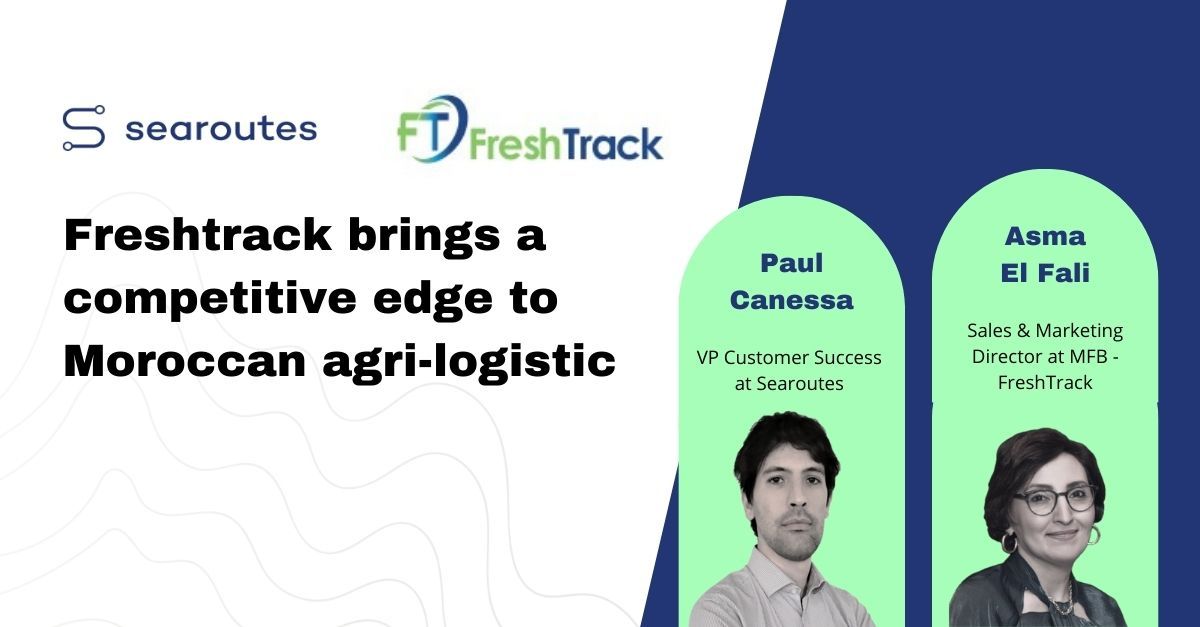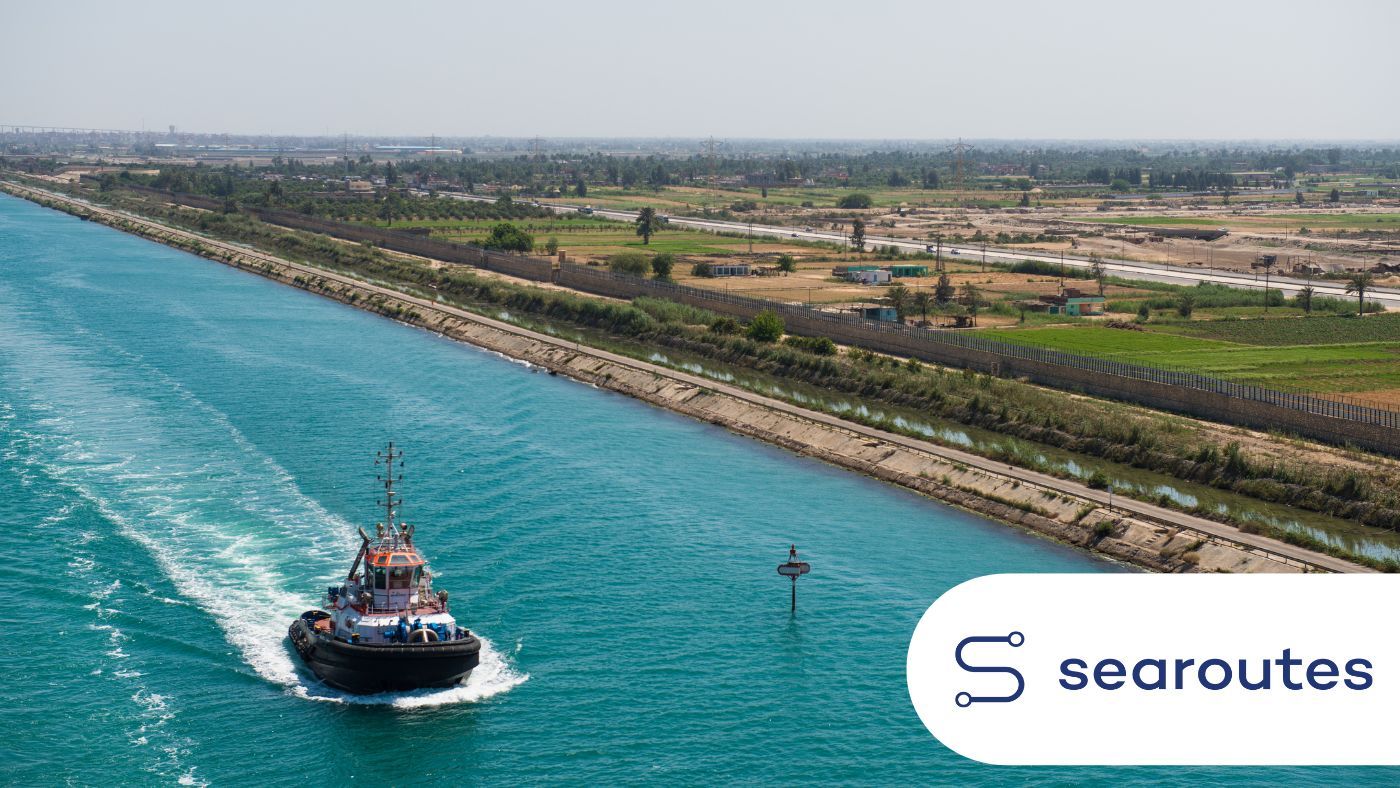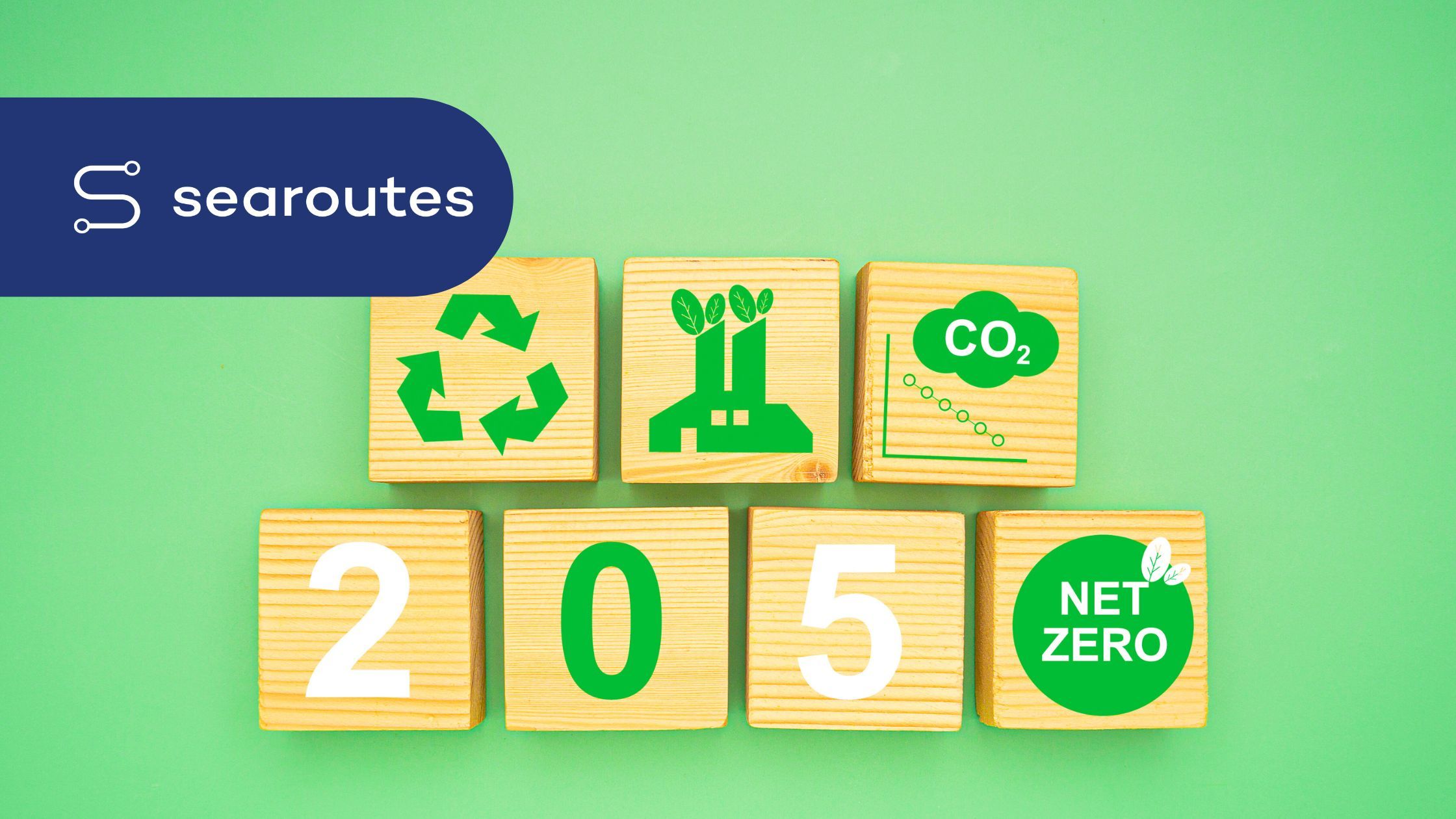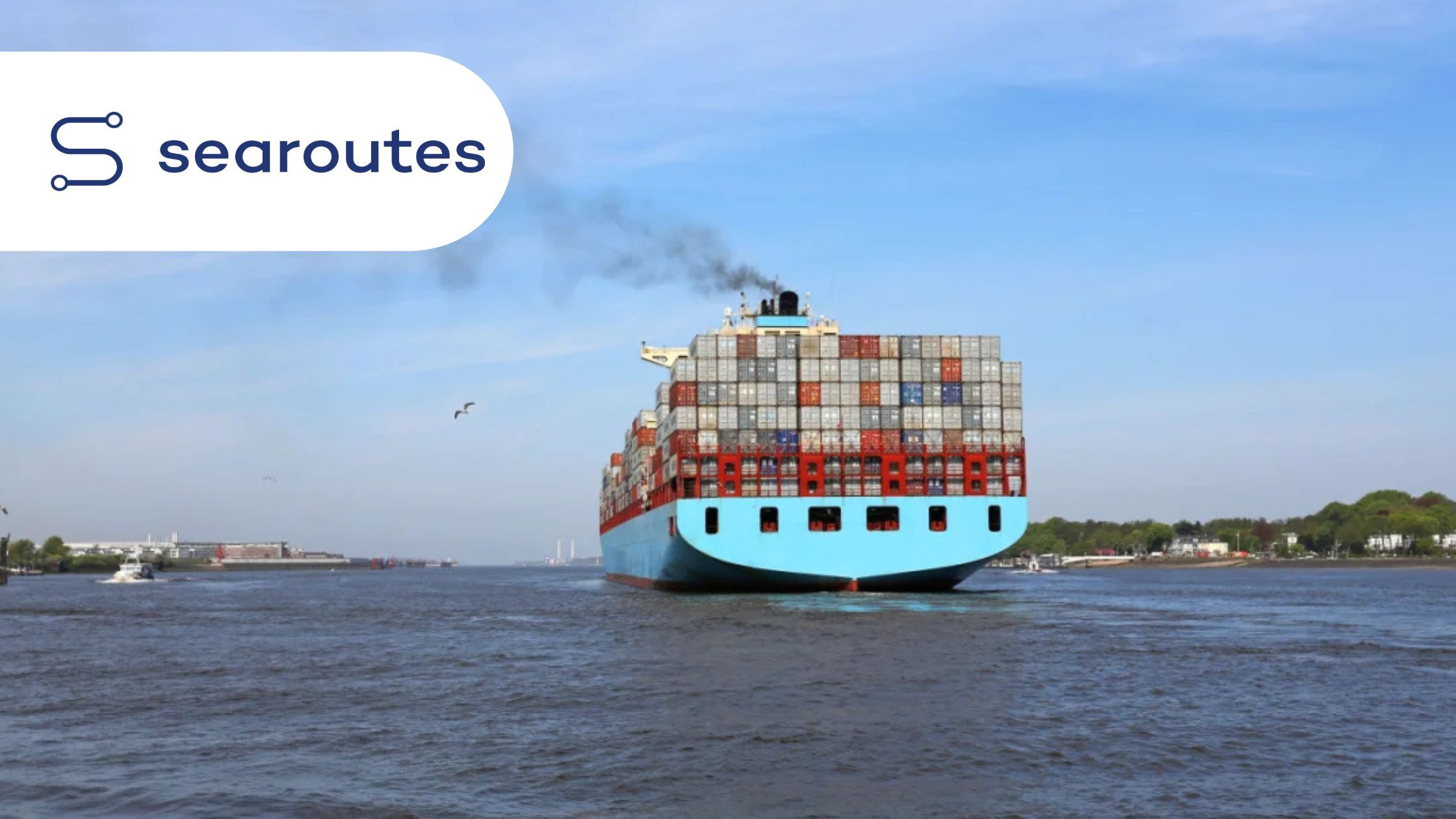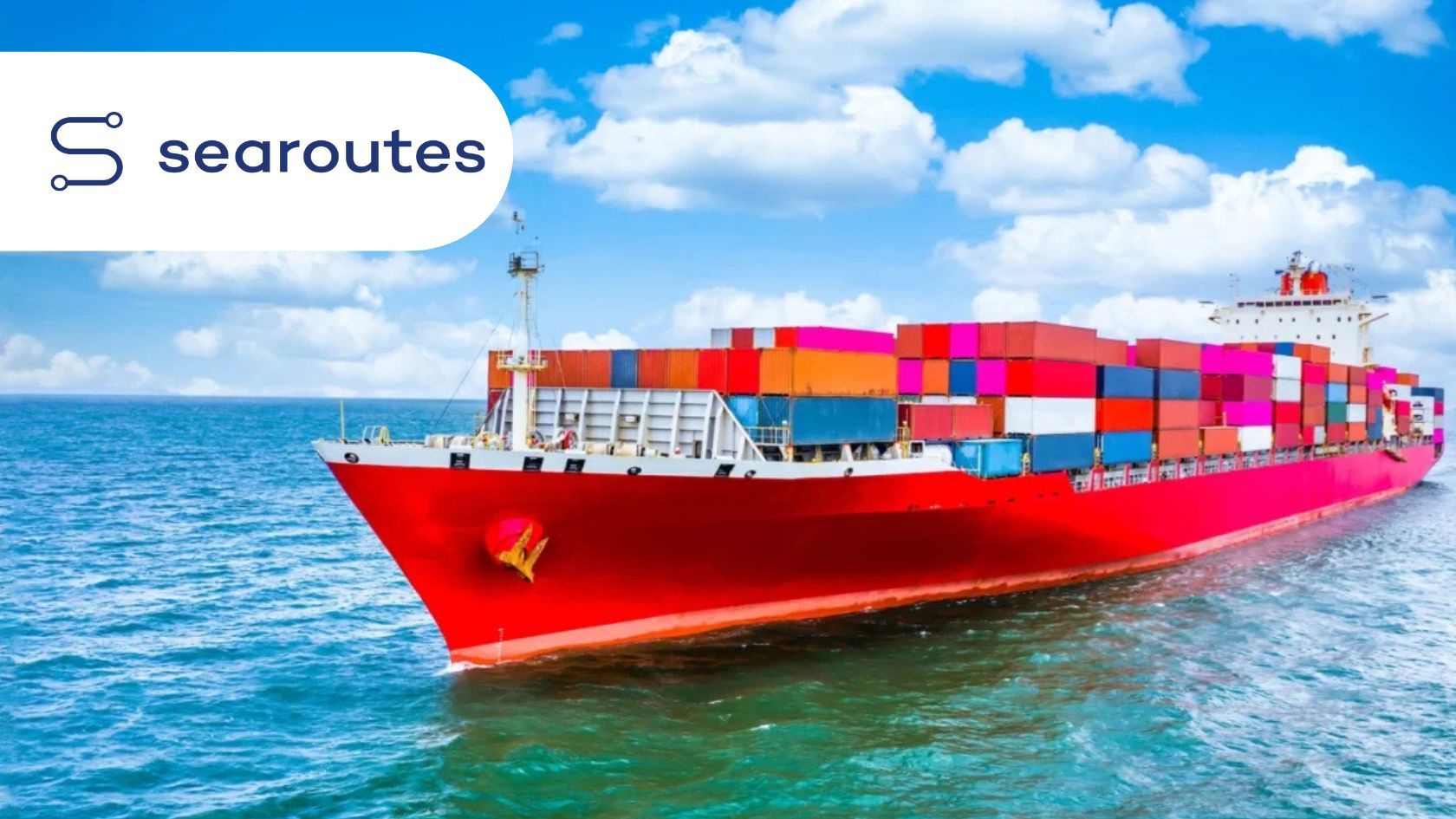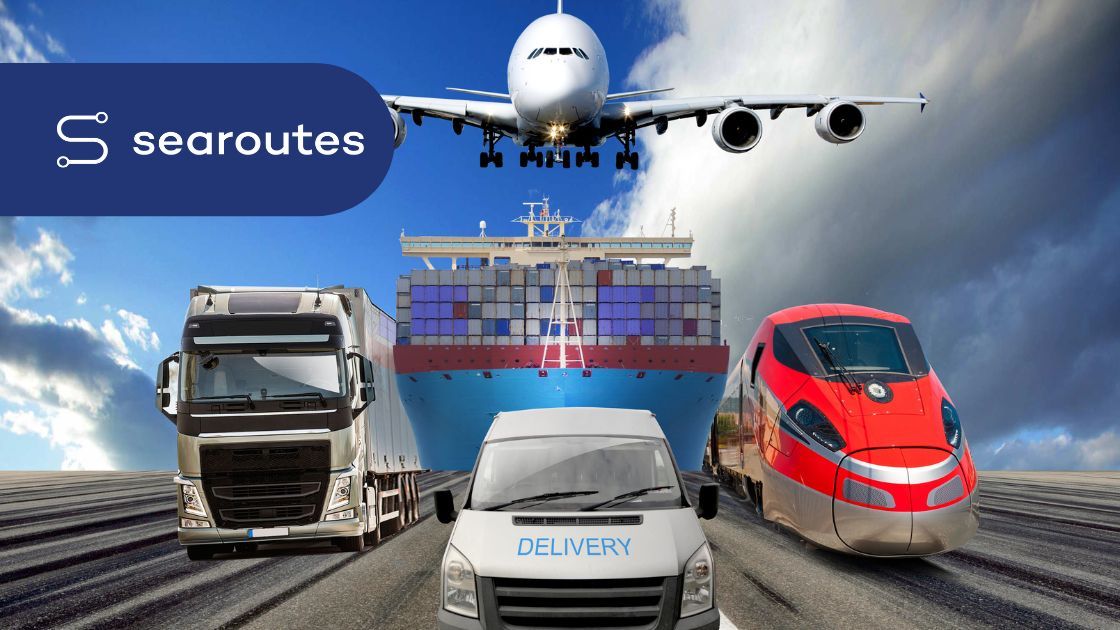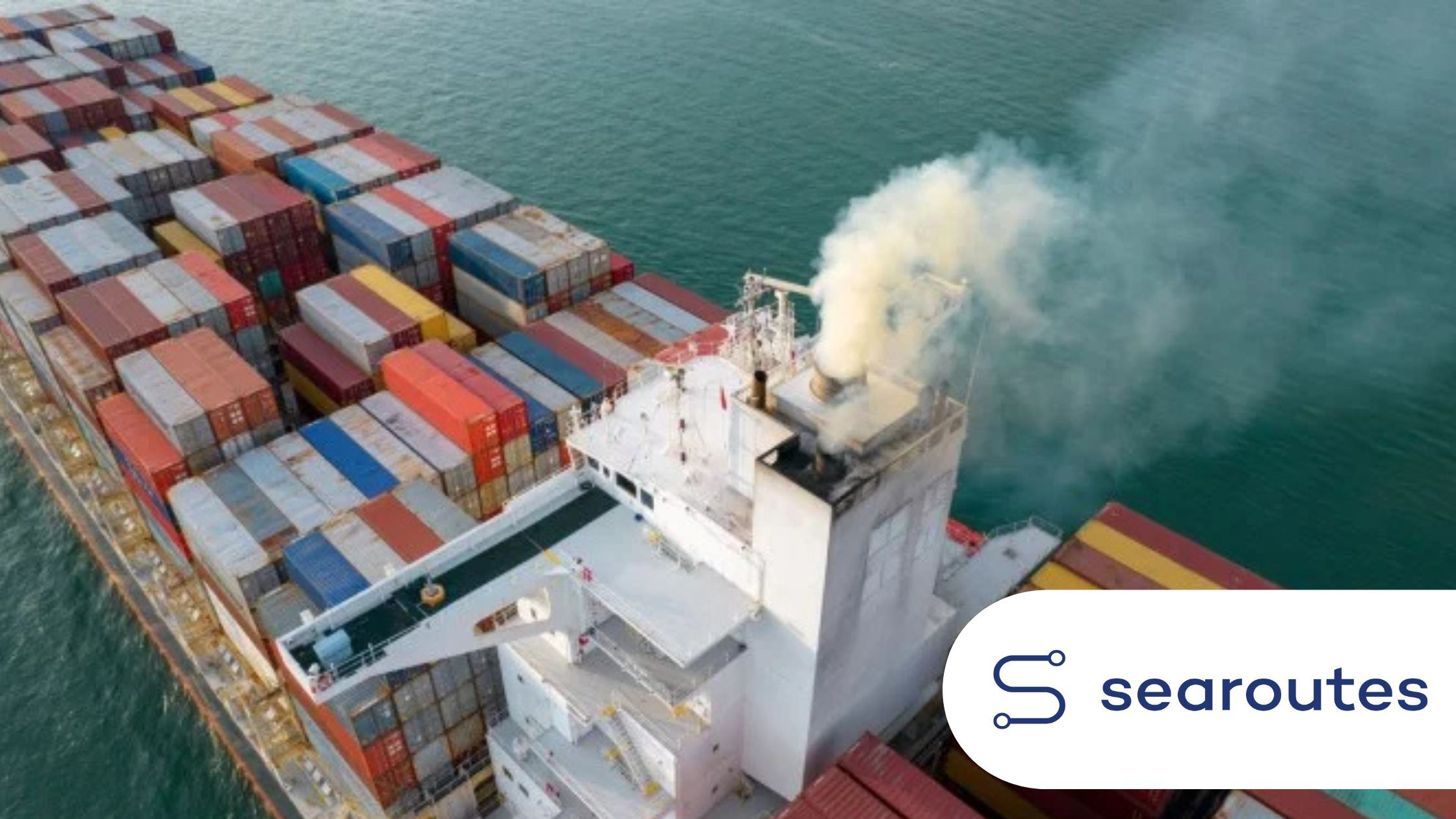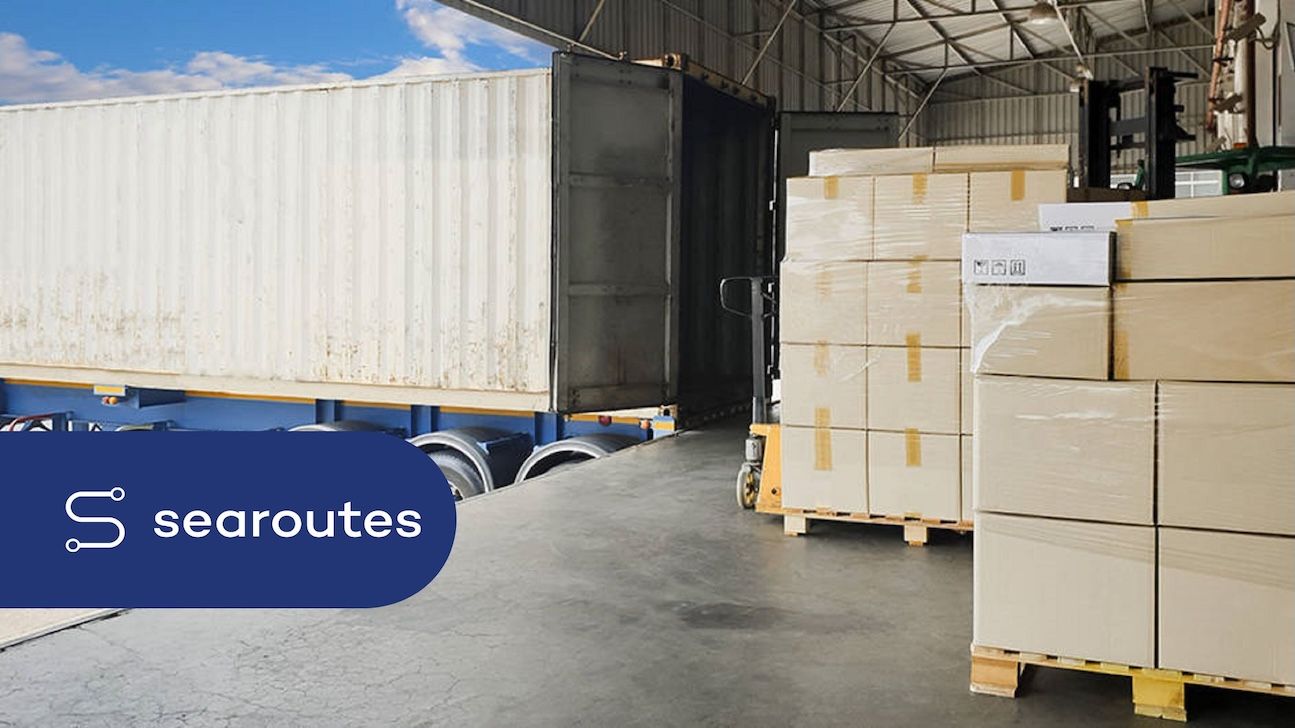From 1 January 2026, the EU ETS will require shipping companies to account for 100% of their CO₂ emissions on EU-related voyages, increasing compliance costs. However, major carriers now offer biofuel programmes that can help shippers reduce or offset these costs. This article...
How Freshtrack brings a competitive edge to Moroccan agri-logistic
FreshTrack’s AI-powered platform, combined with Searoutes’ carbon emissions data, is revolutionizing agri-logistics. Learn how real-time carbon tracking, dynamic dashboards, and route optimization help exporters cut emissions, comply with regulations, and win eco-conscious...
Red Sea Reopening Rumours: Weighing the Emissions Benefits and Ongoing Challenges
As rumours circulate about the Red Sea and Suez Canal reopening, the shipping industry weighs the potential emissions benefits against ongoing geopolitical and operational challenges. With rerouting via the Cape of Good Hope increasing emissions by up to 70%, a return to Suez...
GLEC v3.2 for ISO 14083 compliance – Framework update
The GLEC Framework v3.2 (2025) introduces groundbreaking updates, including a new air pollutant emissions module and alignment with ISO 14083. Learn how this framework helps businesses achieve sustainable logistics, comply with global standards, and reduce their carbon footprint.
EEXI and CII: Guide to Shipping’s Sustainability Regulations with 2026 -2028 outlook
The IMO’s EEXI and CII regulations are reshaping shipping sustainability. This guide explains compliance requirements, 2026–2028 updates, and how shipowners can prepare for stricter carbon intensity targets.
EU ETS 2026: What Shippers and Carriers Need to Know About Full Compliance and Rising Costs
The European Union’s Emissions Trading System (EU ETS) reaches a critical milestone in 2026, with 100% of CO₂ emissions from maritime voyages now subject to carbon pricing. For the first time, methane (CH₄) and nitrous oxide (N₂O) will also be included, significantly...
Sea vs. Air Freight, Truck vs. Rail: How to Track and Reduce Carbon Emissions in Freight – transport modes compared
Looking to cut your freight emissions but unsure which transport mode is the greenest? Our guide compares the CO₂e footprint of rail, truck, air, and sea freight, helping you balance speed, cost, and sustainability. Discover actionable strategies to track, optimize, and reduce...
Carbon Reduction Strategies in the Supply Chain: Measure, Optimise, and Decarbonise
Global logistics contributes ~3% of global greenhouse gas emissions. Discover how advanced CO₂ emissions calculators provide accurate, real-time data to measure and reduce Scope 3 carbon footprints, optimize routes, and ensure compliance with evolving regulations like the EU...
Milk Run Logistics: Sustainable Supply Chain Strategy for Efficiency & Emissions Reduction
Milk run logistics is a game-changer for sustainable supply chains. By consolidating shipments and optimizing routes, businesses reduce carbon emissions, cut costs, and improve reliability. Explore real-world examples, benefits, and how tools like Searoutes enhance milk run...
Procurement Strategy for Emissions Reduction: A Guide to Cutting Carbon in Supply Chains
In 2025, procurement leaders face increasing pressure to reduce Scope 3 emissions—the largest share of most organizations' carbon footprint. This guide provides a roadmap for carbon reduction in supply chains, covering data-driven carbon accounting, sustainable logistics...
